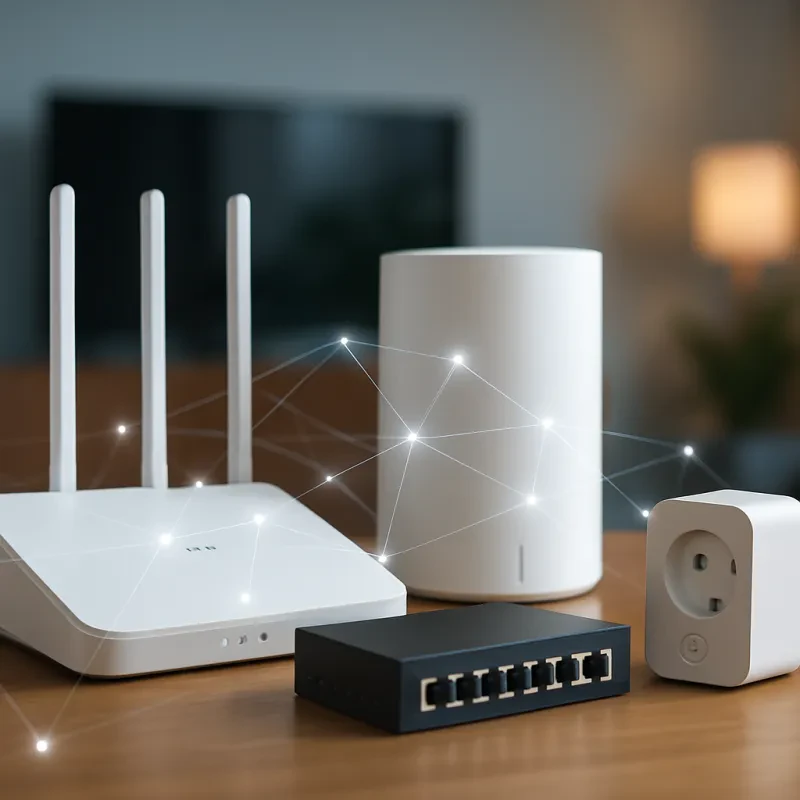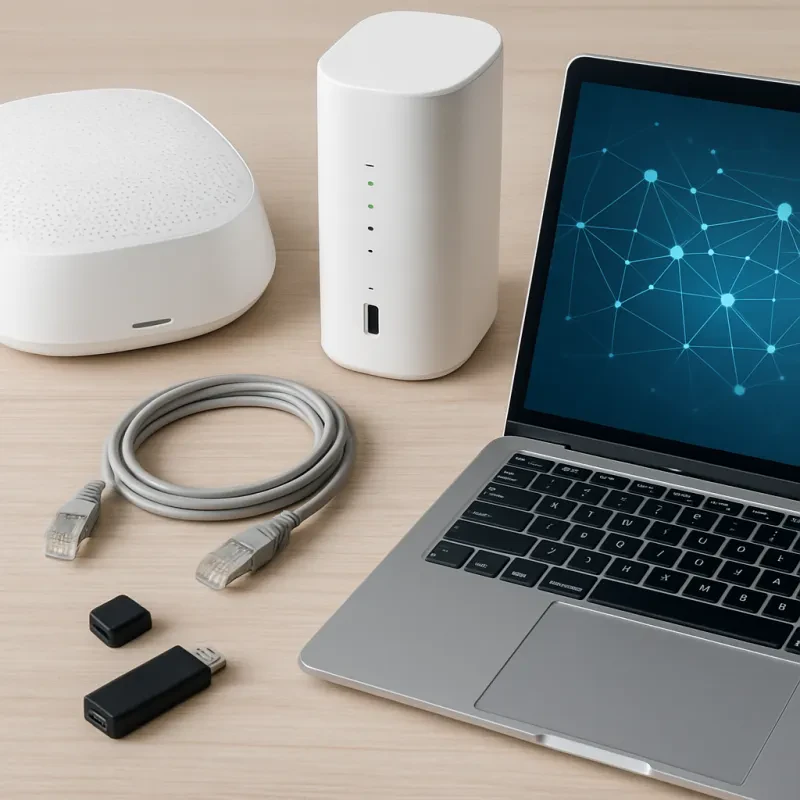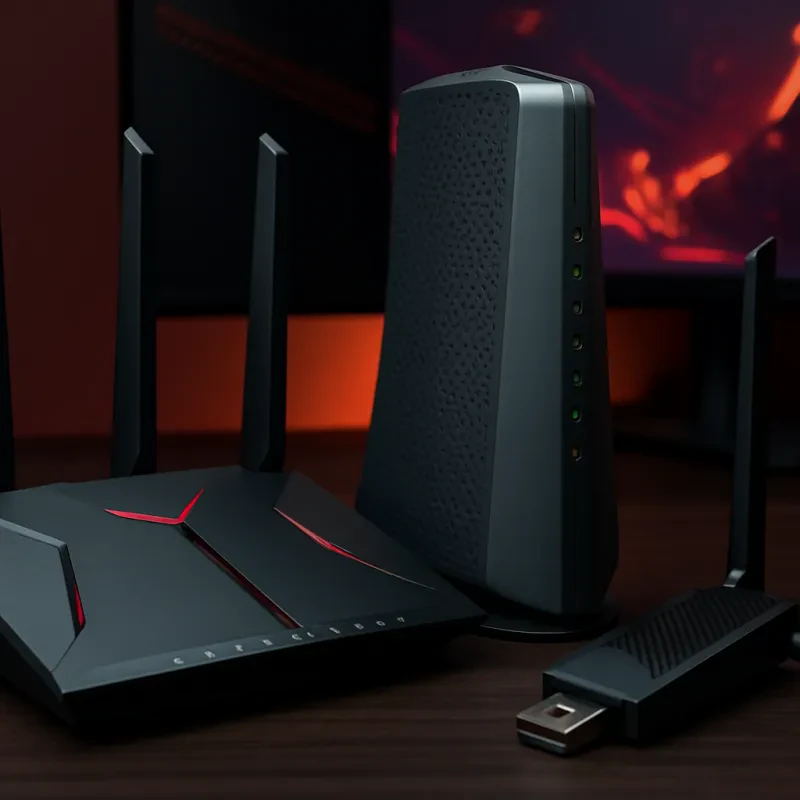Wireless access points are essential components of modern networking systems, offering a plethora of benefits that can significantly enhance efficiency and productivity in various environments. One of the main advantages of using wireless access points is the convenience they provide in establishing a network. Unlike traditional wired networks, which require extensive cabling and physical connections, wireless access points allow users to connect to the network effortlessly without the need for cables and wires.
Furthermore, wireless access points promote flexibility and mobility in a workspace, enabling users to move freely around an area without being tethered to a specific location. This not only enhances convenience for employees and users but also facilitates collaboration and communication within a team. With wireless access points, employees can easily access important resources, share files, and communicate with colleagues, all without the restrictions of physical connections.
In addition to convenience and flexibility, wireless access points also offer improved scalability for businesses and organizations. As the number of devices and users on a network grows, wireless access points can easily accommodate the increased demands without the need for extensive infrastructure upgrades. This scalability ensures that networks remain efficient and reliable, even as the organization grows and evolves. Overall, the benefits of wireless access points are clear: they offer convenience, flexibility, and scalability that can greatly enhance efficiency and productivity in any environment.
Key Features to Look For
First and foremost, it's important to consider the speed and range of the wireless access points. Look for devices that support the latest Wi-Fi standards, such as 802.11ac, which offer faster speeds and better coverage. You'll want to make sure that the access points can provide reliable internet connectivity throughout your entire space, whether it's a small office or a large warehouse.
Another important feature to consider is the number of simultaneous connections that the wireless access points can support. If you have a lot of devices connecting to the network at once, such as in a busy office or public space, you'll want access points that can handle the increased traffic without slowing down or dropping connections.
Lastly, consider the management options available for the wireless access points. Look for devices that offer easy-to-use management interfaces, as well as features like remote monitoring and troubleshooting capabilities. This will make it easier to set up and maintain your wireless network, ensuring that it continues to run smoothly and efficiently over time.
Installation Tips and Tricks
When it comes to setting up wireless access points, there are a few key tips and tricks to keep in mind to ensure optimal efficiency. First and foremost, location is everything. Make sure to place your access points in centralized locations within your space to ensure maximum coverage and signal strength throughout. Avoid placing them near large metal objects or other electronic devices that can cause interference.
Another important factor to consider is the height at which you install your access points. Mounting them high on walls or ceilings can help to eliminate obstructions and improve signal range. Additionally, be sure to enable security features such as password protection and encryption to protect your network from unauthorized access.
When it comes to connecting multiple access points within a larger space, consider using a wireless mesh network for seamless coverage. This setup allows each access point to communicate with one another, creating a unified network that eliminates dead zones and enhances overall performance. Be sure to configure each access point with the same SSID and password for a smooth and seamless user experience.
Troubleshooting Common Issues
While wireless access points can greatly improve your network's efficiency, they can also come with their own set of challenges. Here are some common issues you may encounter and solutions to help resolve them:
1. Slow Wi-Fi speeds: If you notice that your Wi-Fi speeds are slower than usual, try moving the access point to a more central location in your home or office. Walls, furniture, and other obstacles can interfere with the signal, so finding a better placement may help improve speeds.
2. Intermittent connectivity: If your devices are constantly losing connection to the access point, check for any sources of interference such as microwaves, baby monitors, or other electronics. Try changing the channel on your access point to a less congested one to improve connectivity.
3. Authentication issues: If you are having trouble connecting to the access point, double-check that you are using the correct password. If you still cannot connect, try restarting the access point or resetting it to its factory settings.


